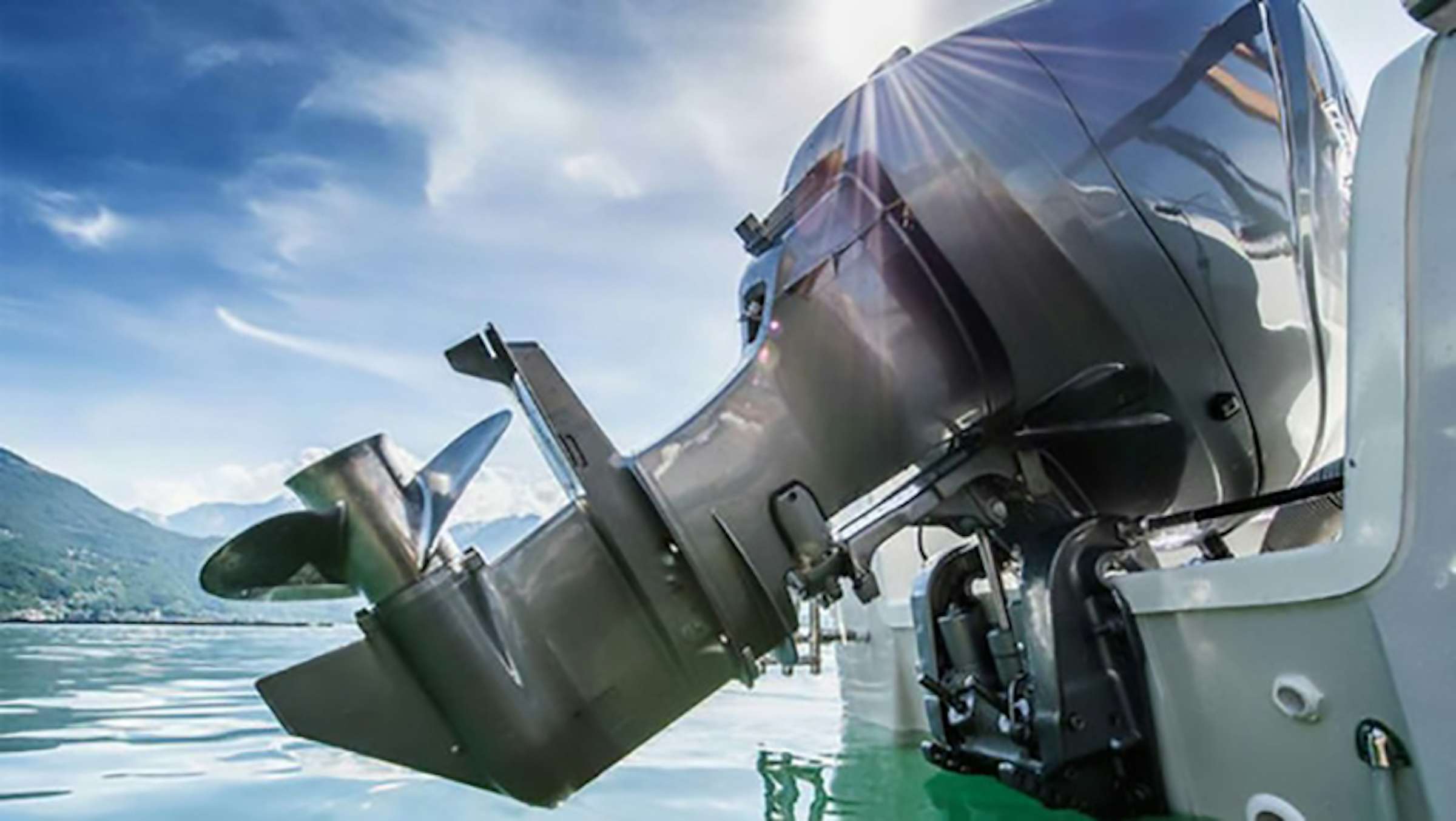
How to flush and clean your boat's outboard motor
Flushing your boat's motor is a critical aspect of routine maintenance to ensure the longevity and performance of your marine engine. Proper flushing helps remove salt, debris, and other contaminants that can accumulate in the cooling system. Here we've grabbed the top tips from this Fishing NZ article to provide Kiwi boaties with some best practices for flushing your boat's motor:
1. Use the Right Flushing Method: There are multiple methods for flushing, including using muffs, a flush bag, or a built-in flush attachment. Choose the method that suits your outboard's design and your specific needs.
2. Frequency of Flushing: Flush your engine with fresh water after every marine use, especially if you operate in saltwater. Regular flushing prevents the build-up of salt and contaminants in the cooling system.
3. Flushing Time: Run the engine during the flushing process. Most experts recommend flushing for at least 5-15 minutes. This duration ensures that all components are thoroughly flushed and prevents salt deposits from accumulating.
4. Monitor Proper Water Flow: While flushing, always monitor for proper water flow through the tell-tale outlet. Adequate water flow indicates that the cooling system is functioning correctly.
5. Flush in an Upright Position: Ensure the outboard is in the vertical position during flushing. This prevents rainwater from entering the powerhead and minimizes the chance of corrosion.
6. Use a Corrosion Inhibitor: Consider adding a corrosion inhibitor, like Salt-Away, to the flushing process. These products help break down salt deposits and protect against corrosion.
7. Avoid Dilution with Freshwater: Do not flush the motor again with freshwater after using a corrosion inhibitor, as this may dilute its effectiveness.
8. Adjust Engine Idle Speed: For engines with low idle speeds, increase the engine's RPM to 1500 during flushing. This helps ensure that all engine components are adequately flushed.
9. Check the Operator's Guide: Always refer to the operator's guide specific to your outboard model for manufacturer-recommended flushing procedures.
10. Remove the Propeller When Needed: In some cases, it may be necessary to remove the propeller when flushing, particularly with smaller outboards that have water pickups under the anti-cavitation plate.
11. Winterize Your Engine: When preparing your boat for winter storage, follow a thorough flushing process to remove any remaining contaminants and ensure your engine is protected during the off-season.
12. Additional Maintenance: Flushing is part of a broader maintenance routine. Regularly inspect and service other engine components as needed to keep your outboard in top condition.
By following these best practices, you'll maintain your boat's motor in optimal working condition, extend its lifespan, and enjoy trouble-free boating experiences. Remember that each outboard may have specific flushing requirements, so always consult the manufacturer's guidelines and your operator's guide for the most accurate instructions.